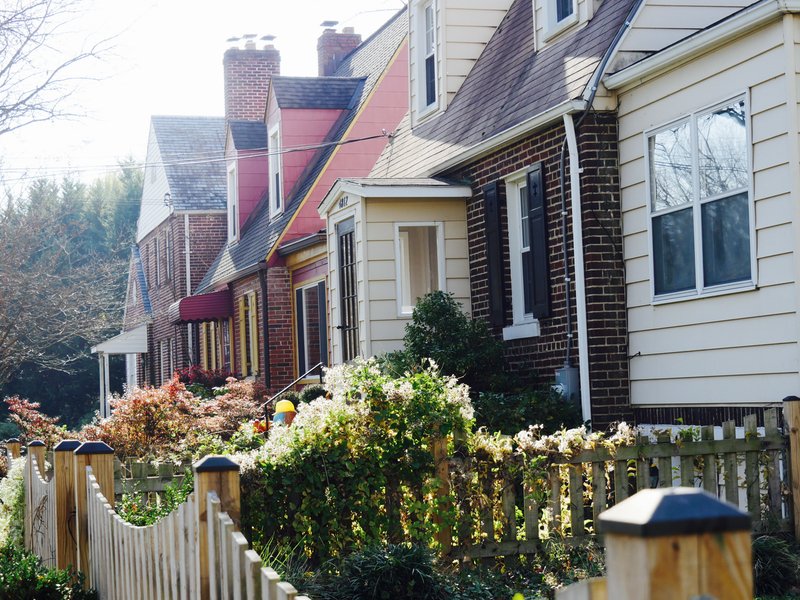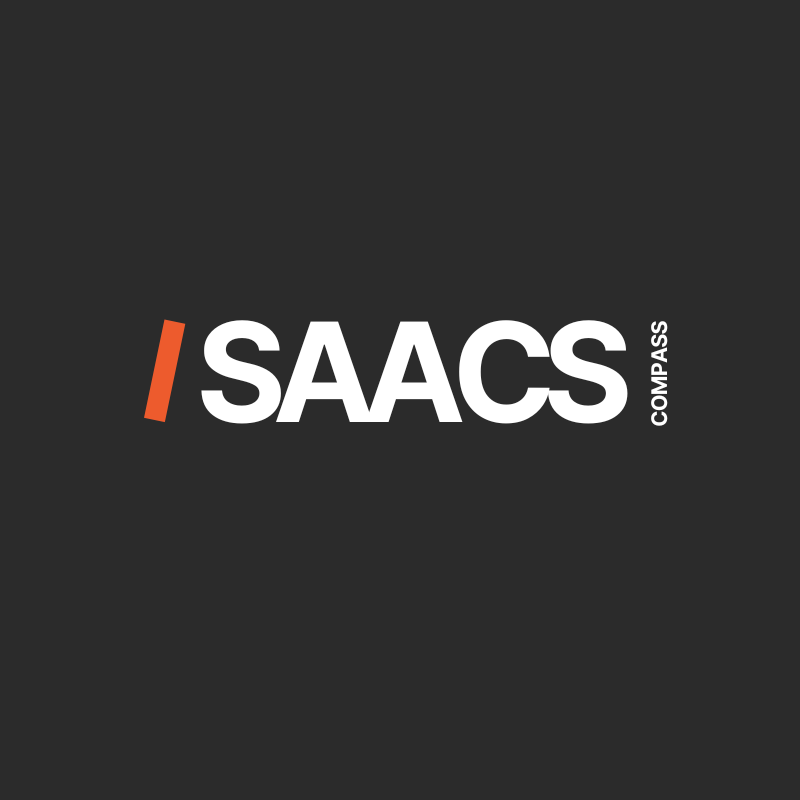American University Park Neighborhood
American University Park, AU Park for short, is home to some of the District’s highest elevations and an institution of higher learning.
Named for the university, American University Park (AU Park) is blanketed with single family homes in a wide variety of architectural styles.

American University Park stands out as a peaceful and family-friendly neighborhood with a strong sense of community. Known for its tree-lined streets and a mix of architectural styles, including Colonial and Tudor Revival homes, AU Park exudes a suburban feel while maintaining urban accessibility. The neighborhood’s proximity to American University contributes to its academic ambiance, attracting both students and professionals.
The real estate market in AU Park is characterized by detached single-family homes and rowhouses. The demand for real estate in AU Park remains steady due to its excellent schools, green spaces like Turtle Park, and convenient location near amenities and public transportation. The housing market reflects a mix of historic charm and contemporary updates, making American University Park a desirable residential destination for those seeking a blend of tranquility and city living.
Work With Us
We promote transparency, fairness and outstanding value for your DC real estate representation.
Chat on Whatsapp
Why We Love It
- Generous lot sizes
- Highly-rated schools
- Proximity to Wisconsin Ave amenities
- Family vibe
- Proximity to university
Nearby
- Chevy Chase DC
- Spring Valley
- Tenleytown
- Wesley Heights
- North Cleveland Park
- Cathedral Heights
AU Park Market Data
American University Park History
Friendship Tract
AU Park Subdivision
Murdock Mill
A New Chapter
Evolution of AU Park
AU Park Schools
JANNEY ELEMENTARY
Public • Grades PK-5
ALICE DEAL MIDDLE
Public • Grades 6-8
JACKSON-REED
Public • Grades 9-12
